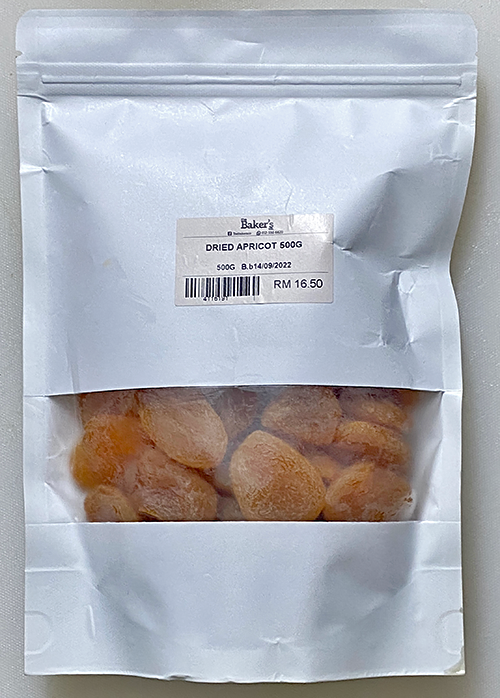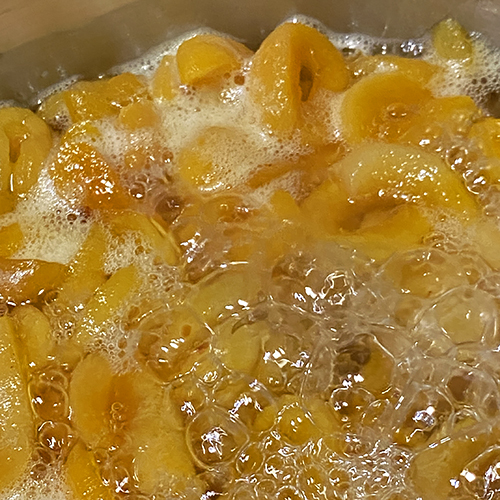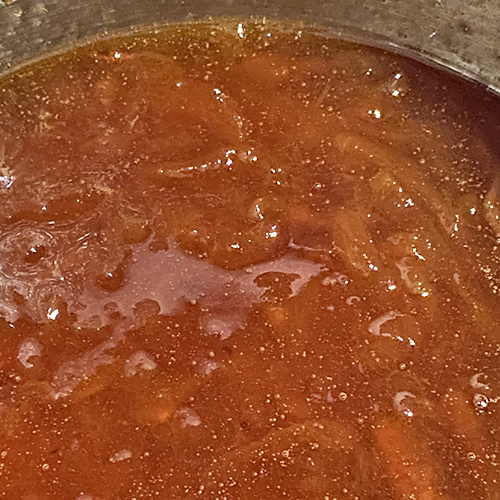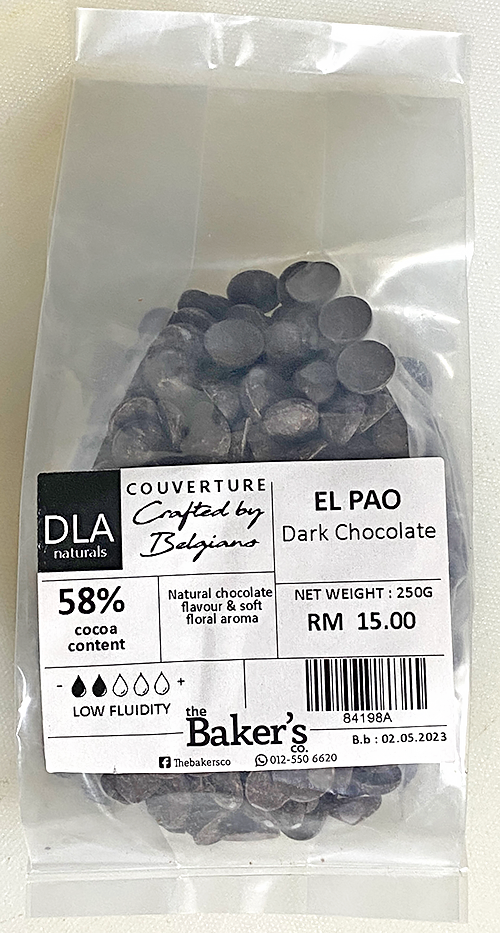-
Apricots
These were not in season so I opted to use the dried
variety.
Try and choose the product which does not have the same
color as the fresh fruit because that nice yellow/orange is
maintained through the use of sulfite salts e.g.
sodium metabisulfite. The later may be a problem to the
health of some people: "Sulfites can cause side effects such
as abdominal pain, diarrhea, hives, low blood pressure and
even life-threatening anaphylaxis, according to a paper
published in the winter 2012 issue of Gastroenterology
and Hepatology from Bed to Bench. From 3 to 10
percent of people with asthma have a sulfite sensitivity.
Such people are even more vulnerable to the many side
effects of sulfites" (Livestrong.com, 2021).

Method
General
precautions
-
You are making
a food product.
Exercise maximum hygiene/sanitation in
all your procedures.
-
The addition
of sugar and lemon juice helps set conditions which deter
spiolage microorganisms. One may be tempted to reduce the
amount of sugar in the resulting jam but do note that high
sugar content is what prevents jam spoilage. Monitor any
stored jams and keep them in a refrigerator.
Apricot jam
You can make as
much as you like and keep the extra in the refrigerator. Do
this:
-
Dice 250 g of
dried apricots.
-
Add 750 mL of
water and leave overnight in the refrigerator to soak.
This should plump/soften the fruit and also allow any added
metabisulfites to leach out.
-
The next day,
discard a known amount of water and replace it with the same
quantity of fresh water (if you wish to get rid of
metabisulfites which have leached out from the fruit
overnight).

Dried apricots
before and after overnight soaking

Diced apricots at
the start of stewing
-
Reduce the
heat and simmer with stirring for at least 30 mins or until
the fruit is as soft as you would like.
-
Add 750 g of
sugar and stir to dissolve under a low simmer.
NOTE: This amount of sugar is half of what has been stated
in the reference jam recipe. While this is probably more in
line with modern concerns about sugar intake, recognize that
the resulting jam may not keep for as long before being
spoiled.
-
Continue
summering for at least 20 minutes.
-
Now you can
test if the jam is ready: Dribble some of the mixture onto
the surface of a sloped cold plate. See how it runs - if it
does so then it is not ready. If it sets then the jam is
ready.

The apricot jam is
ready
-
The jam can be
used as is but some prefer a smooth consistency in which
case the jam is pushed through a coarse sieve to macerate
the chunkier pieces of fruit. The jam is ready for use in
the next step while it is still warm (and therefore
runnier).
-
Refrigerate
any excess for other uses (you may chose not to sieve this
portion as use it as a jam spread for example).
Chocolate cake
-
Preheat the
oven to 180°C. Line the bottom of a 23 cm cake pan with
baking paper or butter/flour the bottom of the pan. Sift the
flour, baking powder and salt together, set aside.
-
Cream the
butter with half the sugar until light and aerated. Add the
egg yolks and vanilla, mix until combined. Mix in the dry
ingredients without over mixing. Melt the chocolate and
whisk it into the batter.
-
Whip the egg
whites to a soft peak state. Slowly add the remaining sugar
and now it whip to a full peak. Fold the egg whites into the
batter one third at a time, mixing just just enough to
incorporate well.
-
Pour the
batter into the buttered pan, and bake for about 45 - 50
minutes. The cake is ready when the middle springs back when
pressed or a cake tester inserted into the cake comes out
clean.
-
Cool the cake
on a cake rack and remove from the pan.
-
Trim the top
of the cake to obtain a flat surface (remove the dome).
-
Slice the cake
horizontally into two halves.
Use warm apricot jam
for the next steps (warm makes for a runnier consistency).
-
Coat the upper
surface of the bottom disc with a liberal coating of apricot
jam.
-
Affix the
second disc onto of the bottom disc.
-
Coat the upper
surface of the top disc with a liberal coating of apricot
jam.
-
Now coat the
sides of the assembled cake.
-
Set the coated
cake aside on a cake rack for the jam to soak in and also
set (while cooling down).
-
The coated
cake is ready for taking on a chocolate ganache glazing.
Chocolate ganache
A chocolate
ganache is made with heavy cream and chocolate whereas chocolate
frosting (or icing) is made with sugar and chocolate. I chose to
use a ganache instead of frosting because the former has no
added sugar. Make it thus:
-
Heat 125 g of
heavy cream to a simmer
-
The add slowly
and with constant stirring, 250 g of couverture chocolate
(chop bars up or use chips)
Keep stirring until the mixture smooth and shiny. If
the mixture is too thick you can add some hot water to
achieve a runny, pourable consistency. Remove from heat and
get ready to pour it over the cake to glaze it.


|








